Back to Courses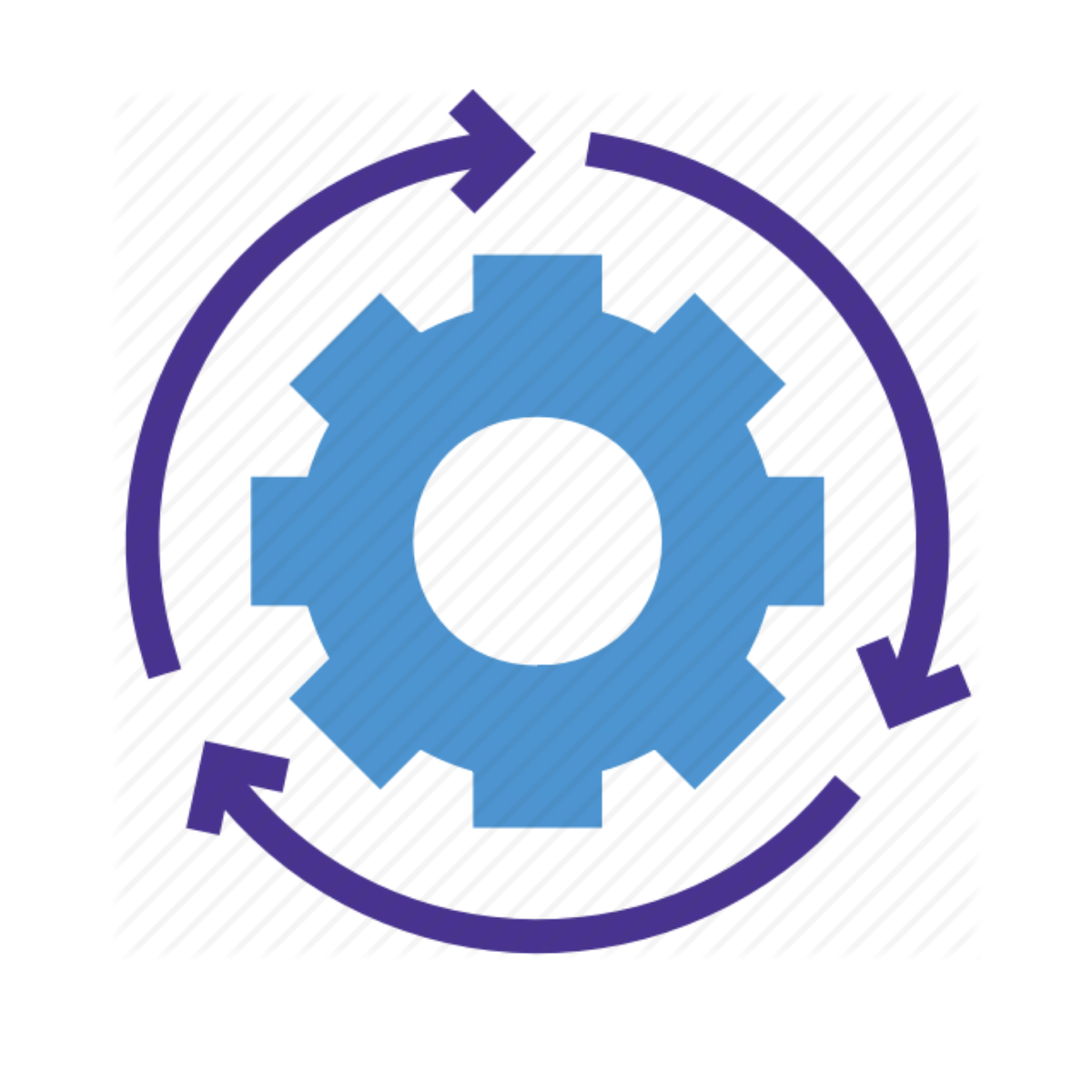

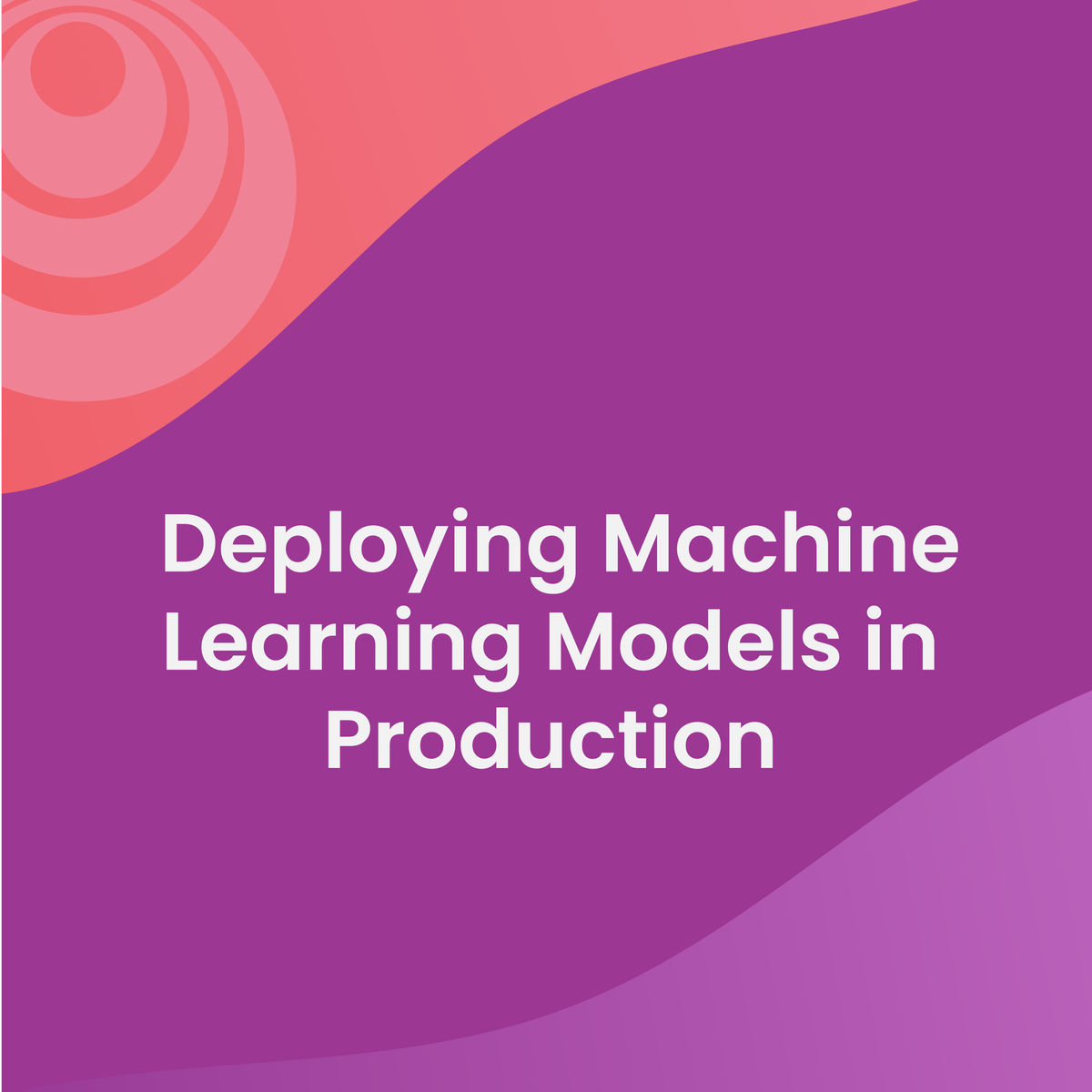
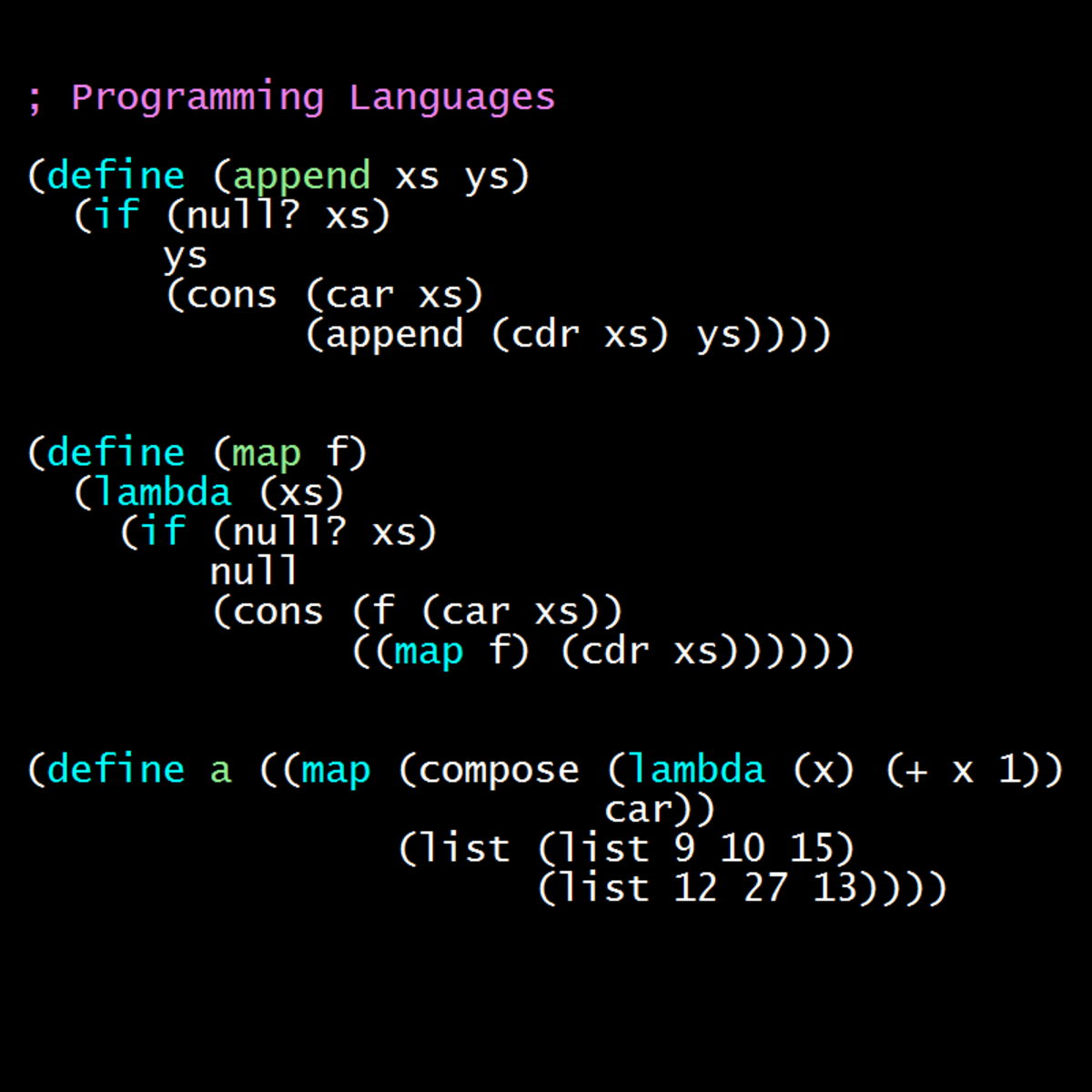
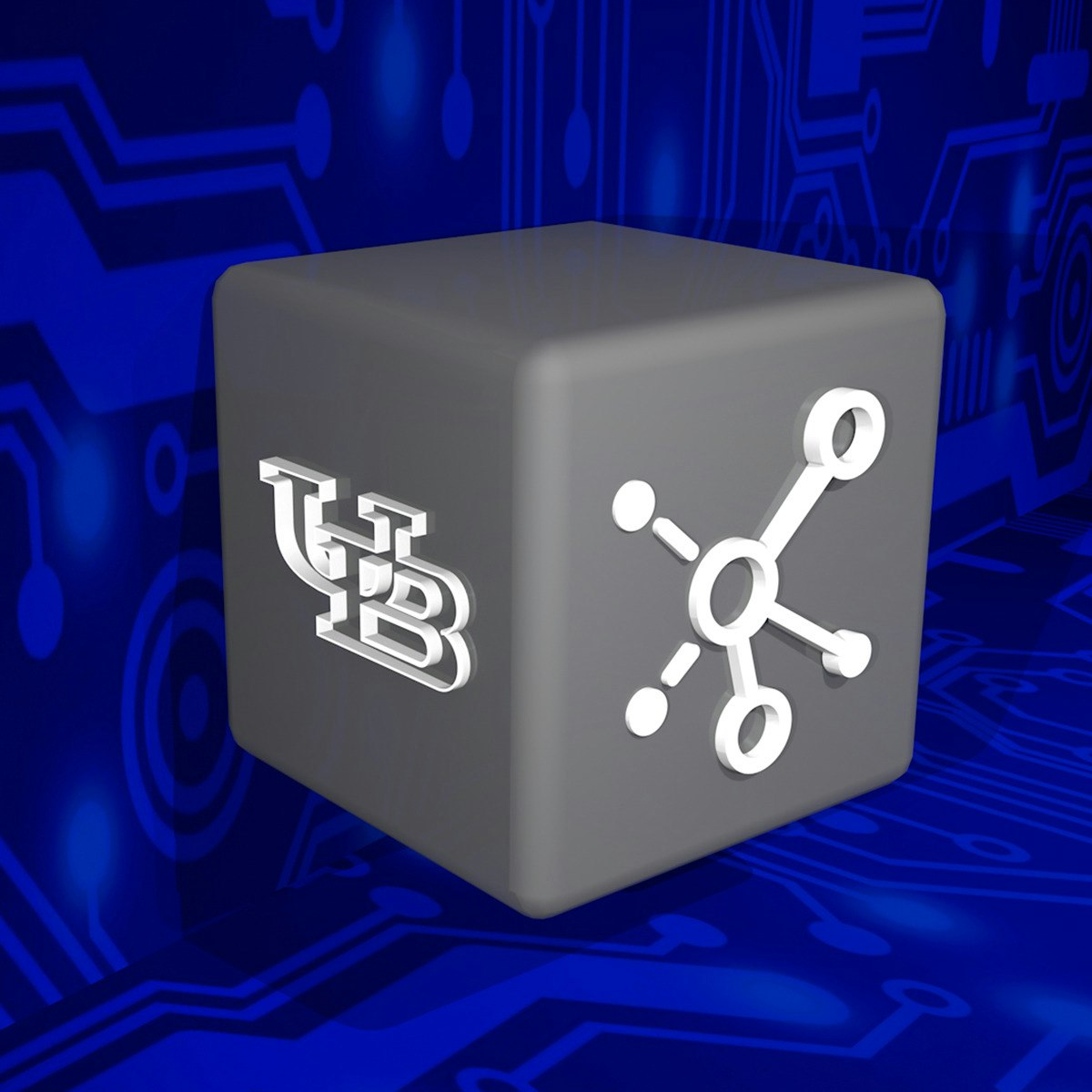


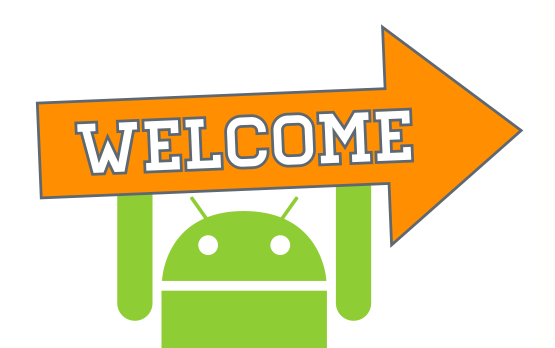
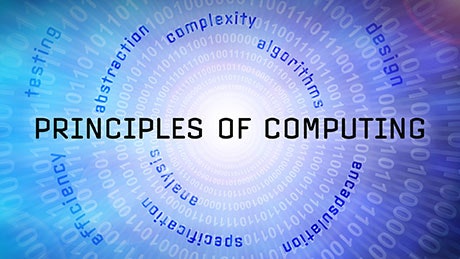
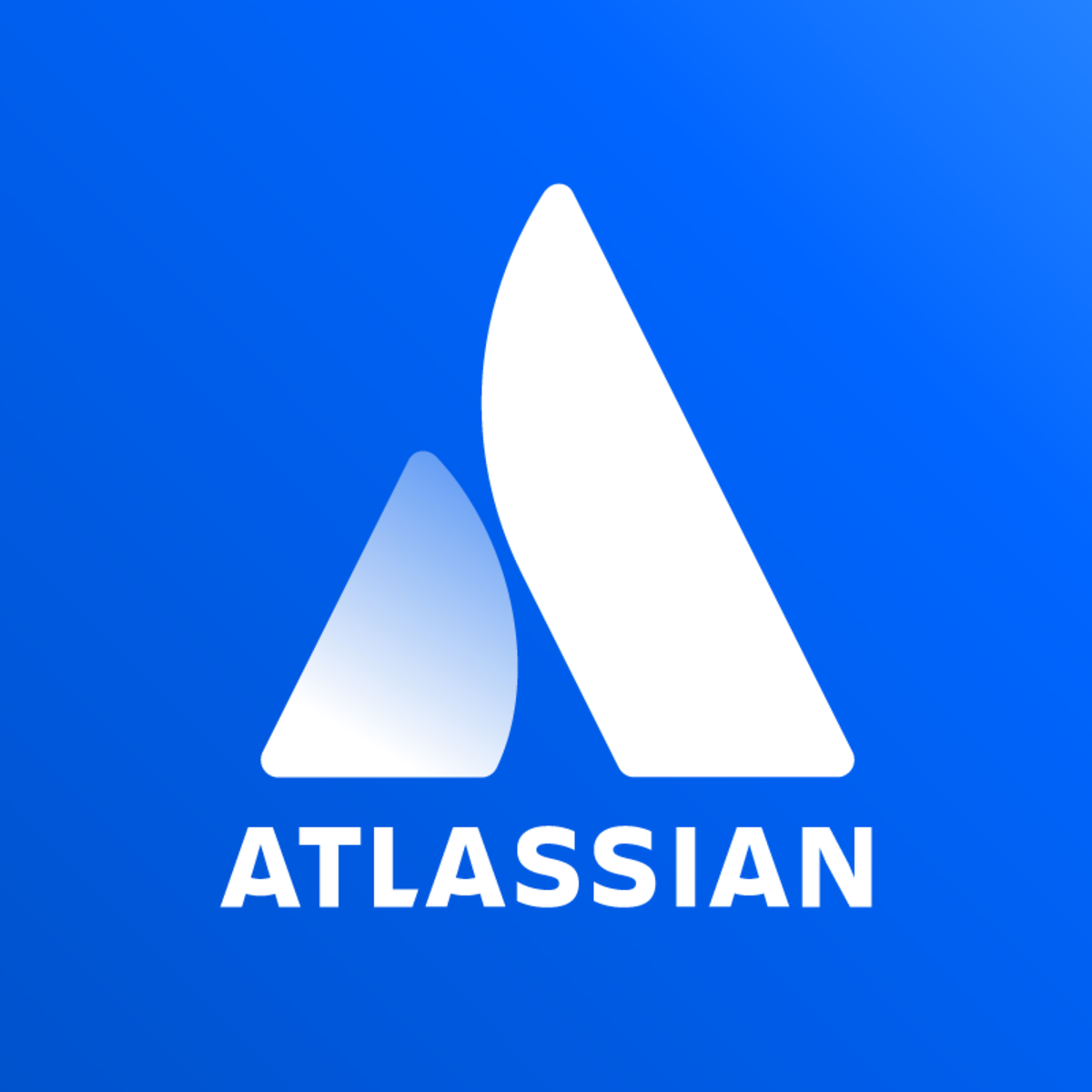
Software Development Courses - Page 77
Showing results 761-770 of 1266

Building Test Automation Framework - Selenium, C# & NUnit
Selenium is one of the most widely used functional UI automation testing tools and integrates brilliantly with testing frameworks like NUnit.
Test automation frameworks are a set of guidelines or rules for writing test cases. They can reduce maintenance costs and testing efforts and will provide a higher return on investment (ROI) for teams looking to optimize their processes.
Testing guidelines include coding standards, test-data management, defining object repositories, reporting guidelines, and logging strategies.
Through hands-on, practical experience, you will go through concepts writing reusable and structure code which is easy to maintain and understand, creating helper classes or utilities, write effective test cases, and generating reports and logs.

Build automated speech systems with Azure Cognitive Services
By the end of this project, you will have successfully created an Azure account, logged into the Azure Portal, created a Speech Cognitive Services resource and use it in a C# console application by executing API calls to generate predictions.
You will learn to execute API calls to the pre-built Computer Vision resource through a series of tasks which include creating the appropriate resource to realize the API calls and then building a simple C# console application with Visual Studio Community that will execute speech-to-text in different languages.
The skills learned in this guided project will provide the foundation to understanding and implementing Artificial Intelligence & Machine Learning solutions in Microsoft Azure.
If you enjoy this project, we recommend taking the Microsoft Azure AI Fundamentals AI-900 Exam Prep Specialization: https://www.coursera.org/specializations/microsoft-azure-ai-900-ai-fundamentals

Deploying Machine Learning Models in Production
In the fourth course of Machine Learning Engineering for Production Specialization, you will learn how to deploy ML models and make them available to end-users. You will build scalable and reliable hardware infrastructure to deliver inference requests both in real-time and batch depending on the use case. You will also implement workflow automation and progressive delivery that complies with current MLOps practices to keep your production system running. Additionally, you will continuously monitor your system to detect model decay, remediate performance drops, and avoid system failures so it can continuously operate at all times.
Understanding machine learning and deep learning concepts is essential, but if you’re looking to build an effective AI career, you need production engineering capabilities as well. Machine learning engineering for production combines the foundational concepts of machine learning with the functional expertise of modern software development and engineering roles to help you develop production-ready skills.
Week 1: Model Serving Introduction
Week 2: Model Serving Patterns and Infrastructures
Week 3: Model Management and Delivery
Week 4: Model Monitoring and Logging

Programming Languages, Part B
[As described below, this is Part B of a 3-part course. Participants should complete Part A first -- Part B "dives right in" and refers often to material from Part A.]
This course is an introduction to the basic concepts of programming languages, with a strong emphasis on functional programming. The course uses the languages ML, Racket, and Ruby as vehicles for teaching the concepts, but the real intent is to teach enough about how any language “fits together” to make you more effective programming in any language -- and in learning new ones.
This course is neither particularly theoretical nor just about programming specifics -- it will give you a framework for understanding how to use language constructs effectively and how to design correct and elegant programs. By using different languages, you will learn to think more deeply than in terms of the particular syntax of one language. The emphasis on functional programming is essential for learning how to write robust, reusable, composable, and elegant programs. Indeed, many of the most important ideas in modern languages have their roots in functional programming. Get ready to learn a fresh and beautiful way to look at software and how to have fun building it.
The course assumes some prior experience with programming, as described in more detail in the first module of Part A. Part B assumes successful completion of Part A.
The course is divided into three Coursera courses: Part A, Part B, and Part C. As explained in more detail in the first module of Part A, the overall course is a substantial amount of challenging material, so the three-part format provides two intermediate milestones and opportunities for a pause before continuing. The three parts are designed to be completed in order and set up to motivate you to continue through to the end of Part C.
Week 1 of Part A has a more detailed list of topics for all three parts of the course, but it is expected that most course participants will not (yet!) know what all these topics mean.

Decentralized Applications (Dapps)
This third course of the Blockchain specialization prepares you to design and develop end-to-end decentralized applications (Dapps) – which provide anyone with access to the blockchain’s features and services. You will use Truffle IDE, smart contracts, a simple web client and a MetaMask client. You will learn about the architecture of a Dapp: the front-end client interface, backed by the blockchain and smart contracts. The course covers the basic design of a Dapp, Truffle development process and commands (init, develop, test and migrate), test-driven development of Dapp, Dapp application models and emerging standards that are essential for predictable Dapp behavior.
Main concepts are delivered through videos, demos and hands-on exercises.

Accessing your AWS EC2 servers
Welcome to "Accessing your AWS EC2 servers".
In this guided project you will learn various methods to access your AWS EC2 servers. The task-based approach that we follow in our guided project will get you a better understanding of accessing your EC2 servers using pem file, EC2 Instance Connect, SSM etc. This comes very handy while working on your real-life project on AWS Cloud.
Good luck as you get started, and I hope you enjoy the course!
Happy learning !!!!!

Create Fire with Particle Effects in Unity
In this one-hour, project-based course, you will be introduced to Unity's Particle System. You'll learn how to make a realistic fire effect that can accent your game's environment and make your campfires more inviting and obstacles more intimidating. This project covers creating particle systems and configuring its modules to give it a polished look.
This guided project will introduce you to the following Unity concepts:
- Particle System and several of its modules
- Textures
- Point Light
- Lighting Settings

Programming Mobile Applications for Android Handheld Systems: Part 1
This course introduces you to the design and implementation of Android applications for mobile devices. You will develop an app from scratch, assuming a basic knowledge of Java, and learn how to set up Android Studio, work with various Activities and create simple user interfaces to make your apps run smoothly.

Principles of Computing (Part 2)
This two-part course introduces the basic mathematical and programming principles that underlie much of Computer Science. Understanding these principles is crucial to the process of creating efficient and well-structured solutions for computational problems. To get hands-on experience working with these concepts, we will use the Python programming language. The main focus of the class will be weekly mini-projects that build upon the mathematical and programming principles that are taught in the class. To keep the class fun and engaging, many of the projects will involve working with strategy-based games.
In part 2 of this course, the programming portion of the class will focus on concepts such as recursion, assertions, and invariants. The mathematical portion of the class will focus on searching, sorting, and recursive data structures. Upon completing this course, you will have a solid foundation in the principles of computation and programming. This will prepare you for the next course in the specialization, which will begin to introduce a structured approach to developing and analyzing algorithms. Developing such algorithmic thinking skills will be critical to writing large scale software and solving real world computational problems.

Agile with Atlassian Jira
This course discusses common foundational principles and practices used by agile methodologies, providing you with a flexible set of tools to use in your role (e.g. product owner, scrum master, project manager, team member) on an agile team. Learn agile and lean principles, including kanban and scrum, and use Jira Software Cloud as the tool to apply hands-on exercises in these topics. The course includes instruction on company-managed and team-managed Jira projects.
After completing this course, you will have a strong foundational understanding of agile principles and practices and hands-on experience with Jira Software Cloud. Site administrators will be able to perform basic administration tasks. You will be able to continuously configure your Jira projects to match your team's custom agile methodology.
Once completing this course, you will be prepared to earn your first Atlassian credential: https://go.atlassian.com/coursera-apb-330
*You can use a free Jira Software Cloud site to complete the hands-on labs associated with this course. This will require a Windows, Mac, or Linux computer.
Popular Internships and Jobs by Categories
Browse
© 2024 BoostGrad | All rights reserved


